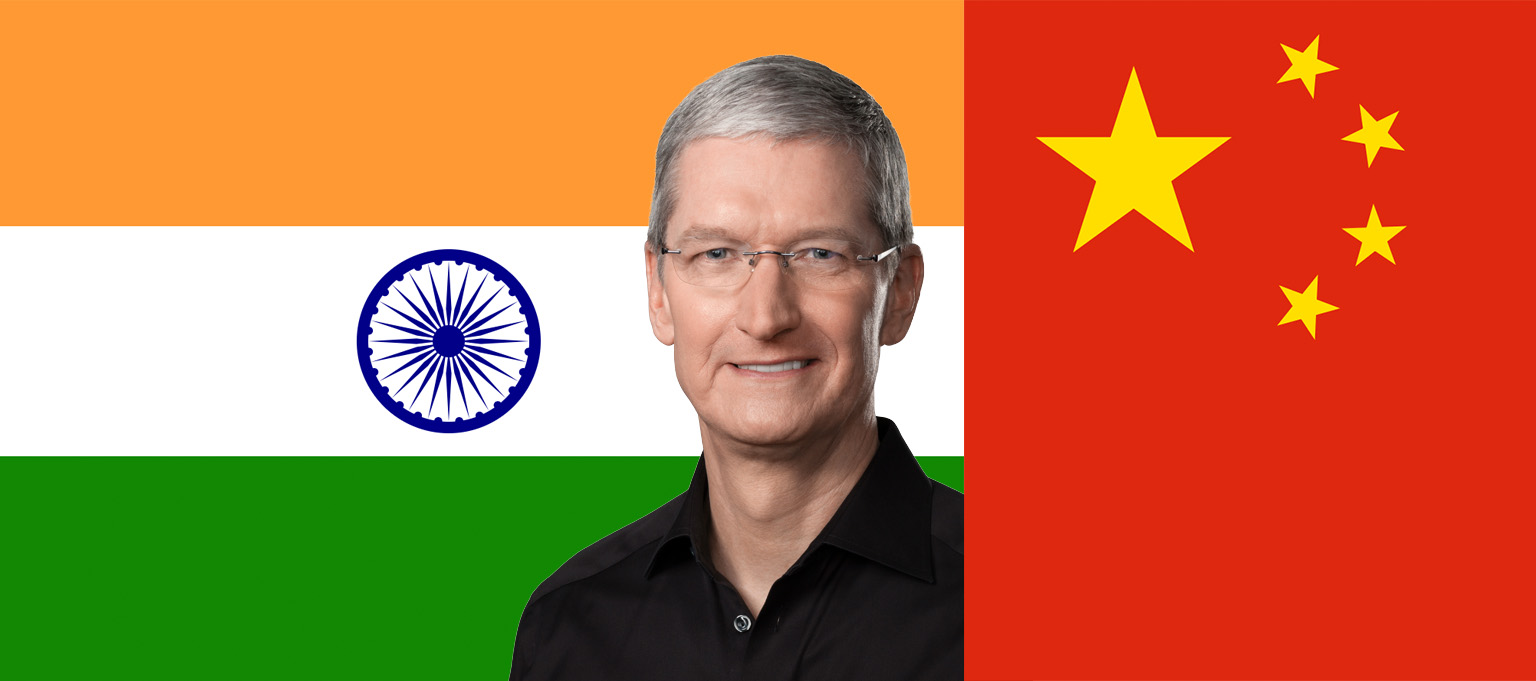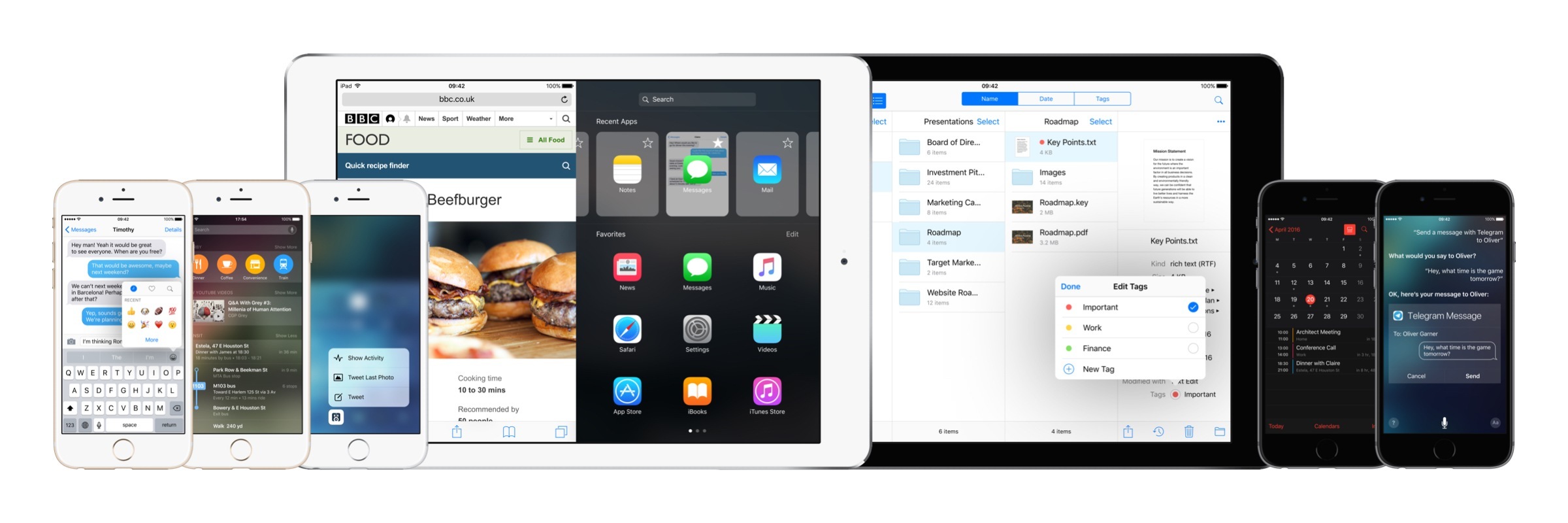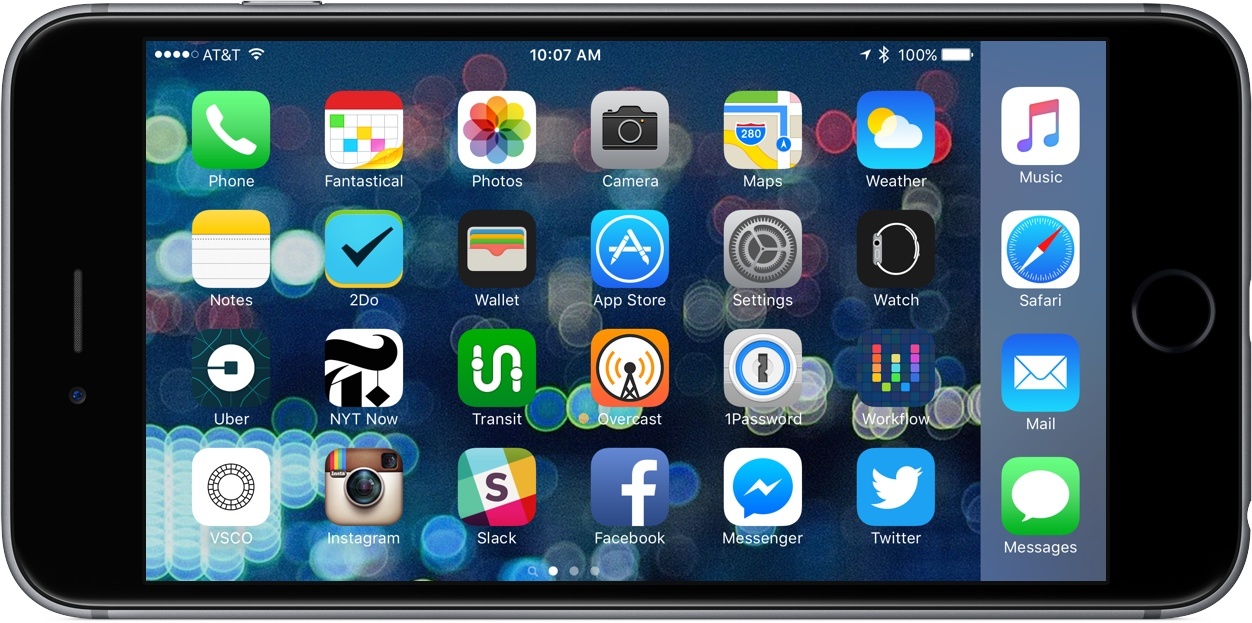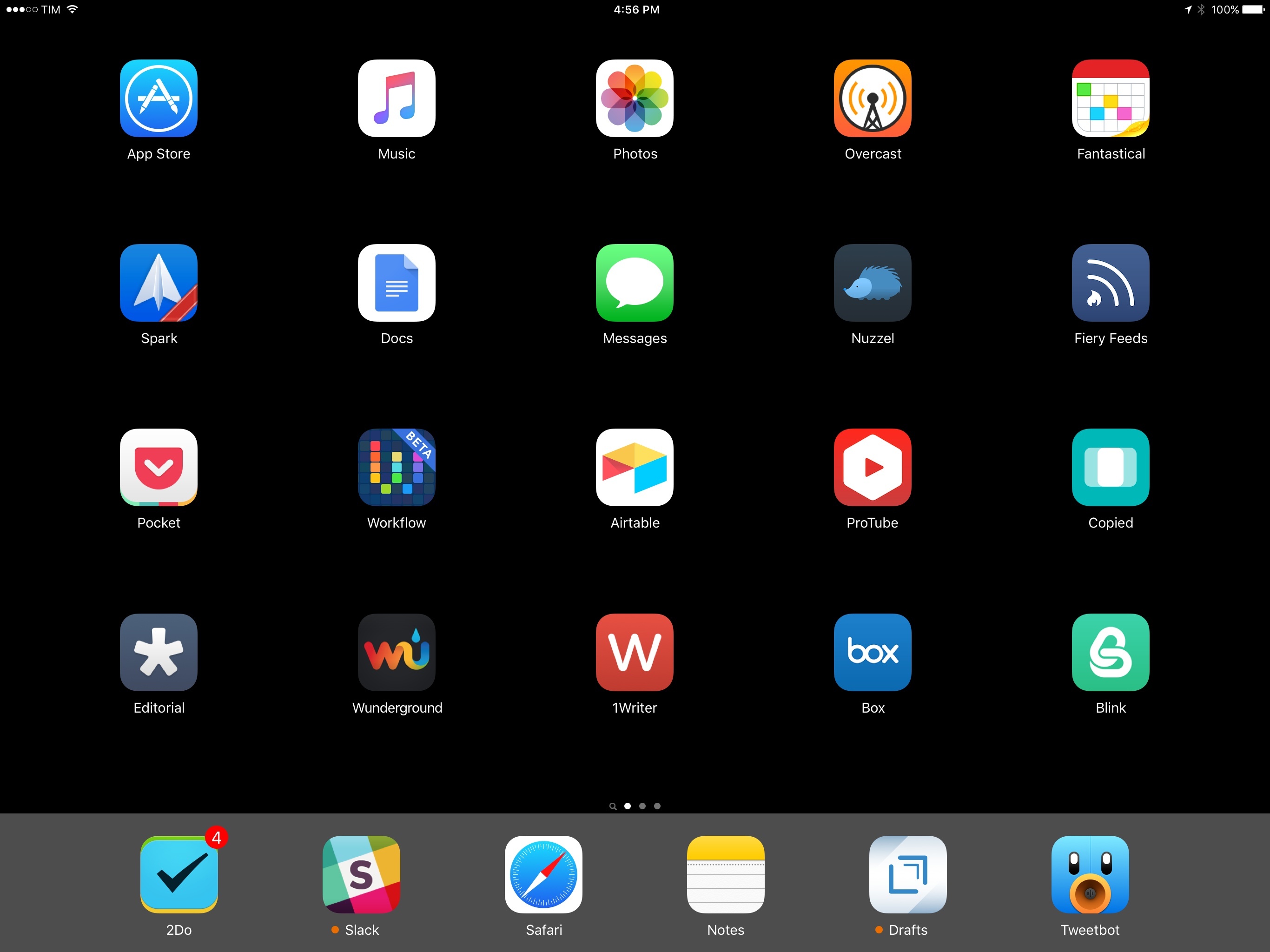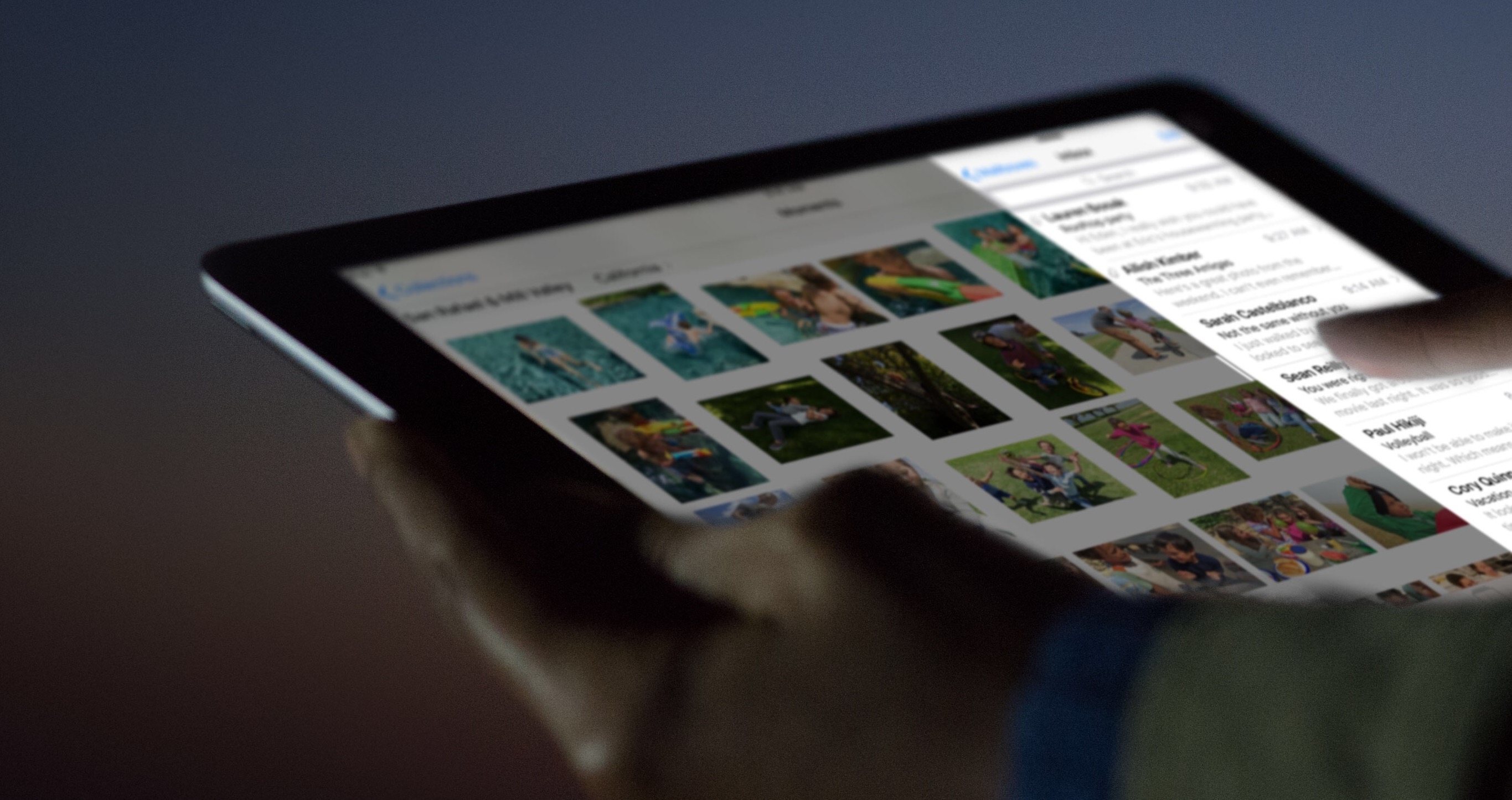I’ve always loved the idea of someone else making a mixtape for me.
When I was in middle school and until the first year of high school, we didn’t have the Internet at home. My parents were against buying me a PC; they thought it was a waste of time. Unlike many of my friends, I depended on books and magazines for my school research and hobbies. I was a voracious reader.
That was 2002. I wasn’t exactly a music fan back then: I heard music on the radio in my mom’s car on the way to school in the morning, and I occasionally slid my dad’s cassette tapes in our Siemens Club 793 stereo, but he only listened to Italian music. I wanted the English stuff.
Until one day my friend Luca told me about MP3s and compact discs with hundreds of songs on them. By leaving his computer plugged in all night, he explained elatedly, he could download any music he wanted from the Internet using programs with exotic names I had never heard – WinMX, eMule, iMesh. Then, all those songs could be “burned” onto a CD as MP3s, and I could play them back for as long as I wanted with a CD player.
I was 14, we were chatting after school, and I didn’t know what piracy was. And then, the surprise: because he knew I didn’t have the Internet (or a computer), he had made a sample CD for me with about 30 songs on it. He gave me the CD, told me to buy a CD player for myself, and he concluded with “Get back to me soon about the songs you like. I put in a bit of everything except Italian music”.
Fourteen years ago, I was handed the first mixtape someone ever made for me.



